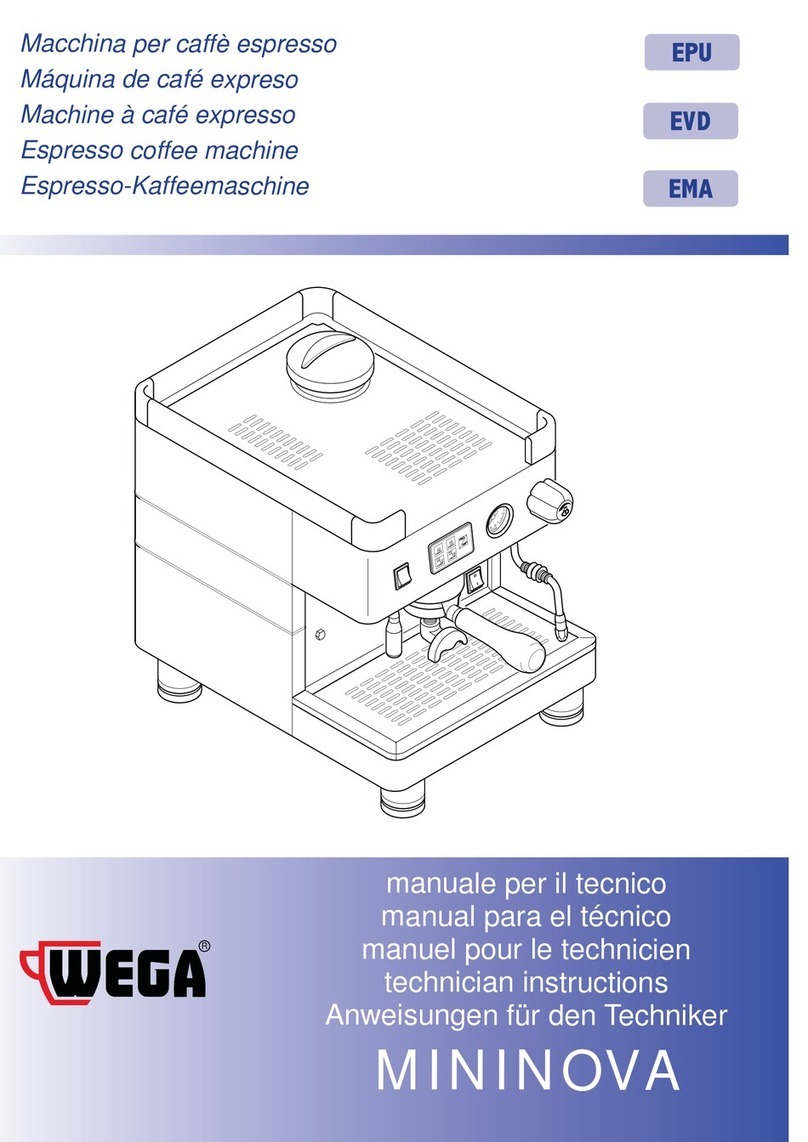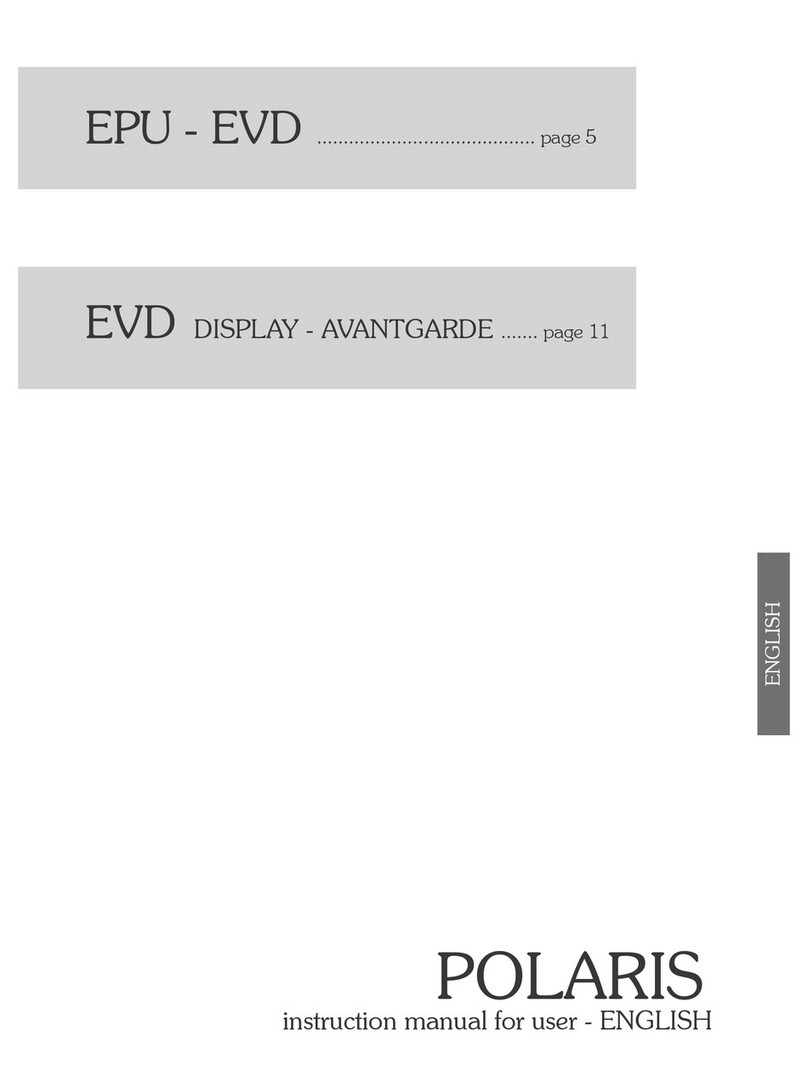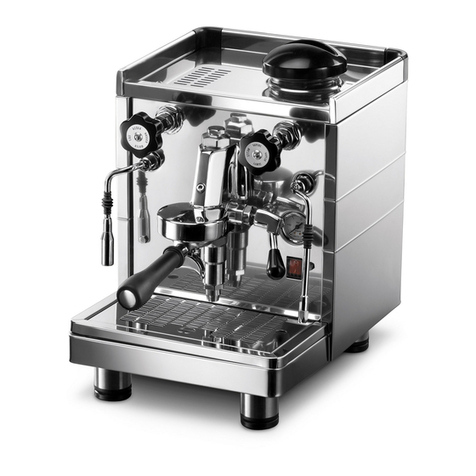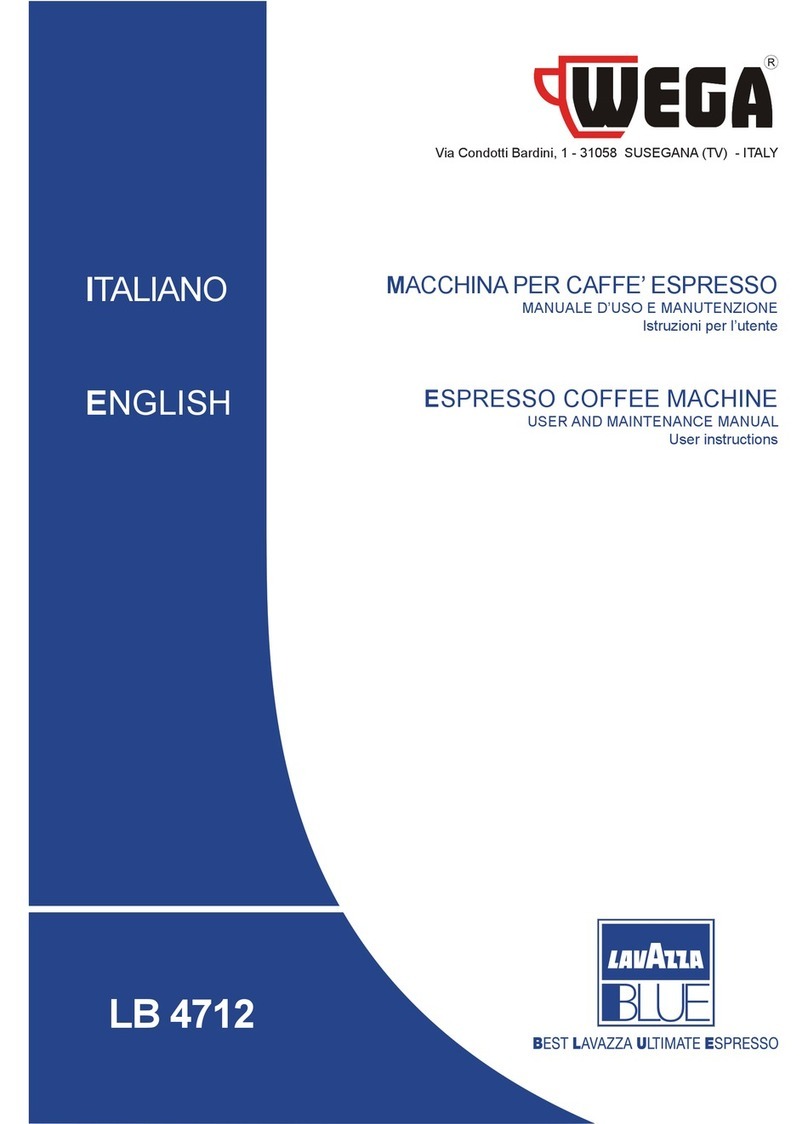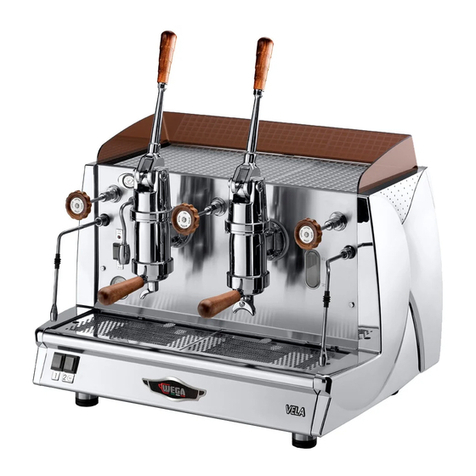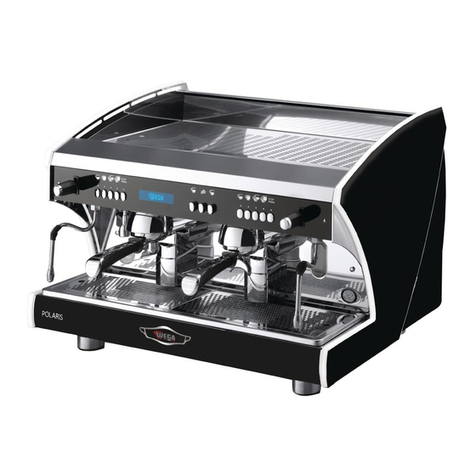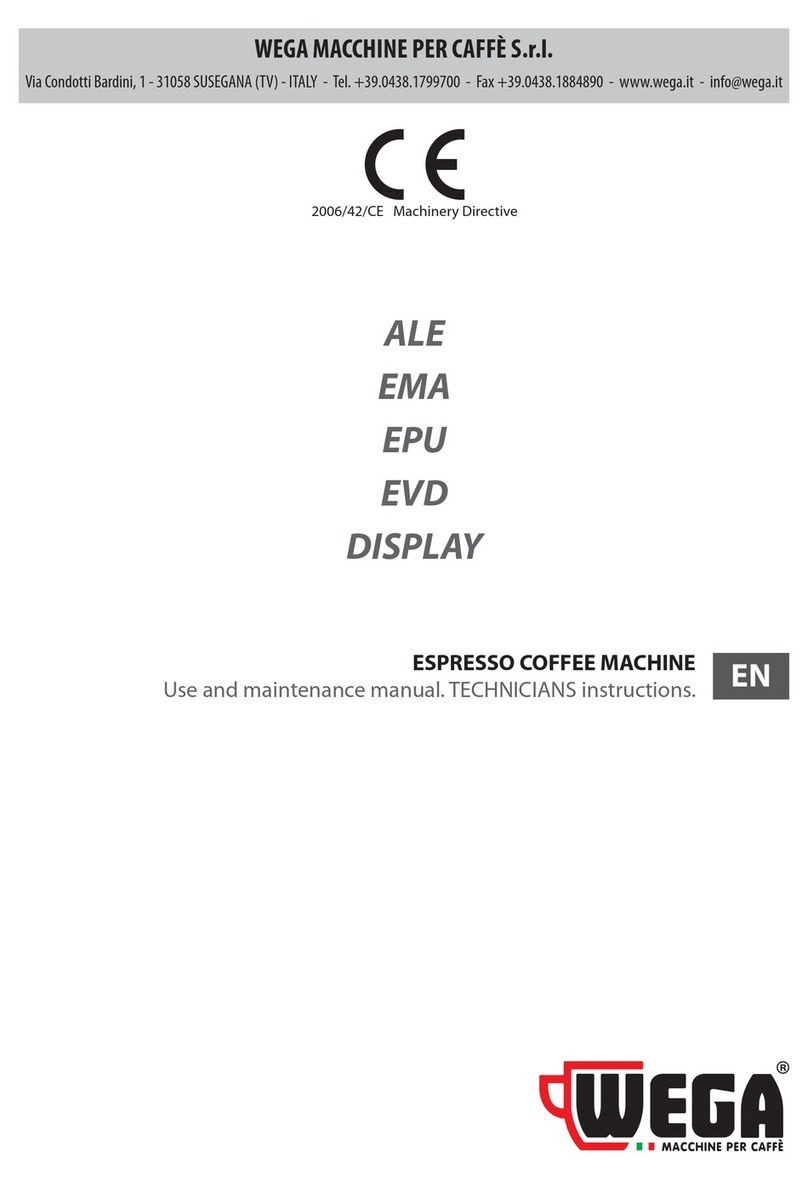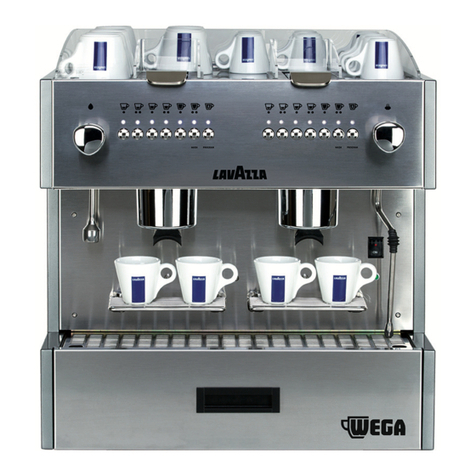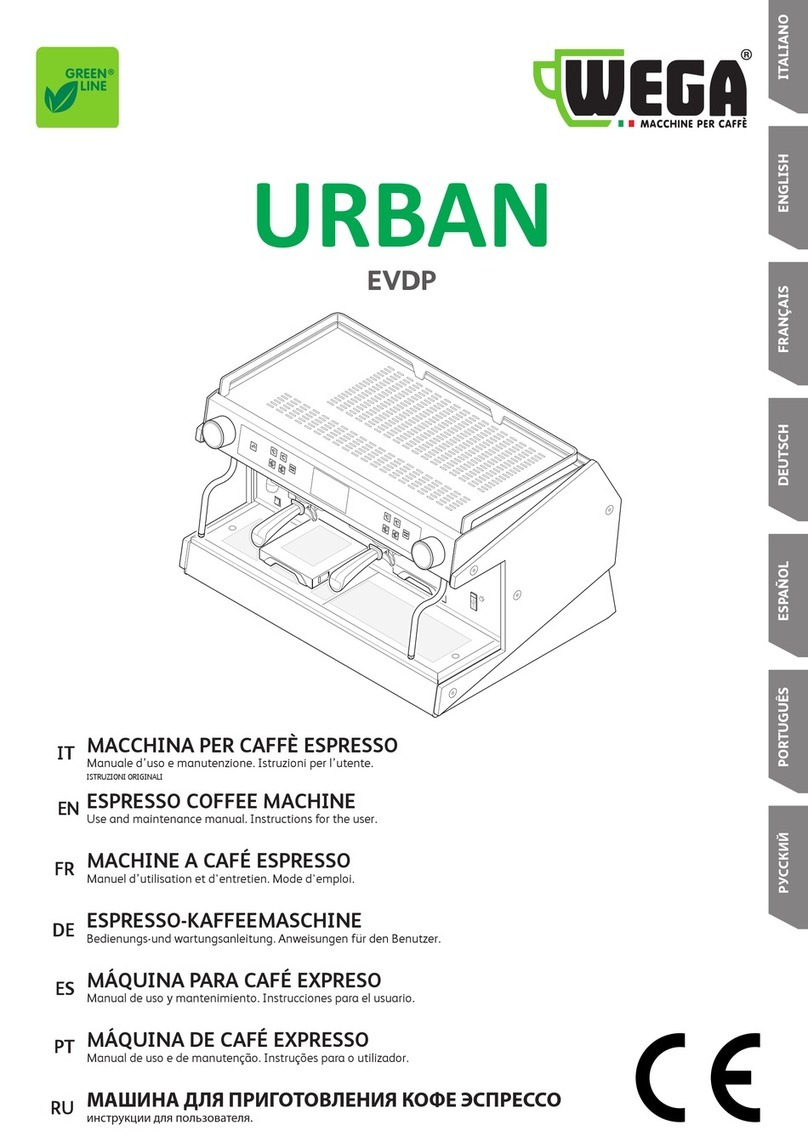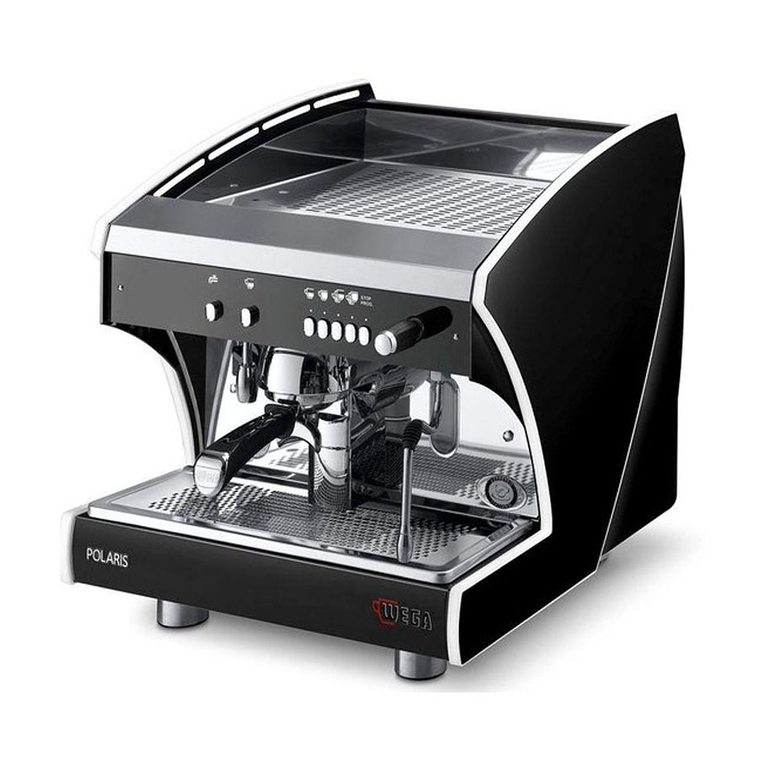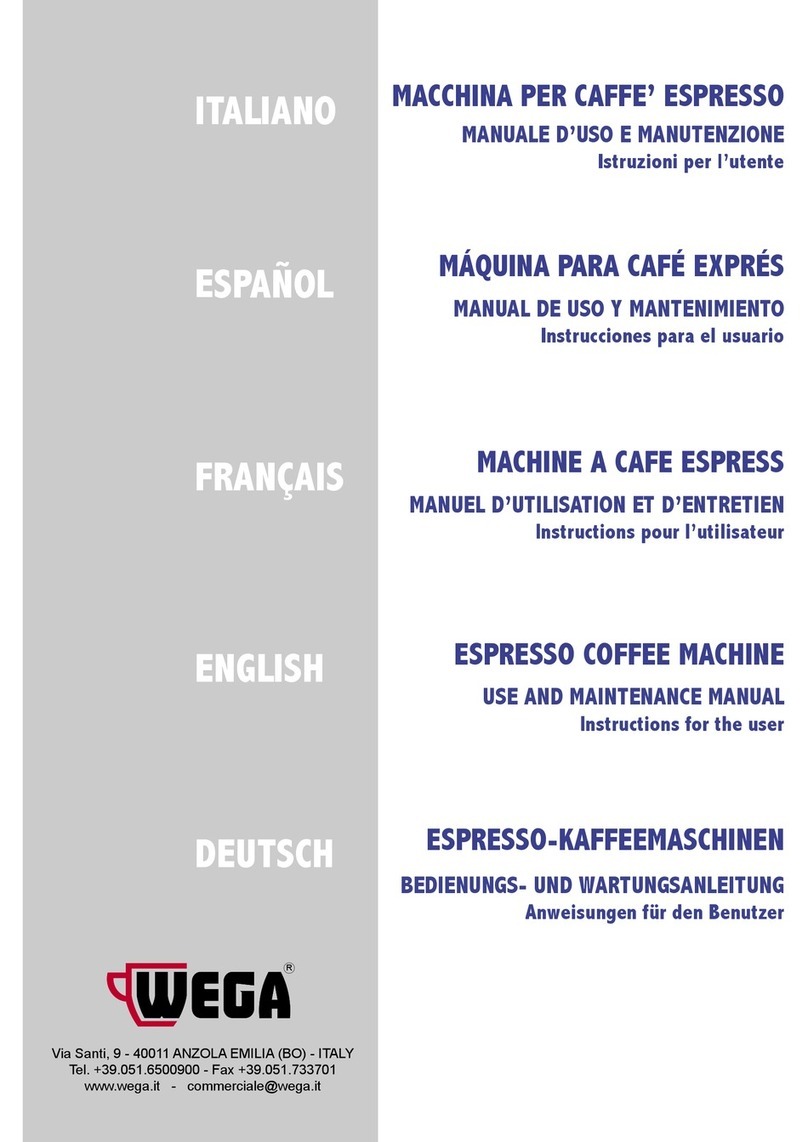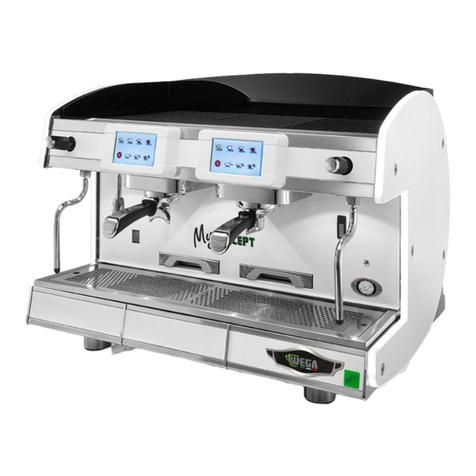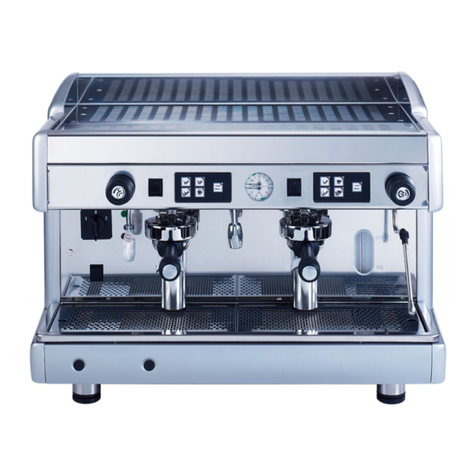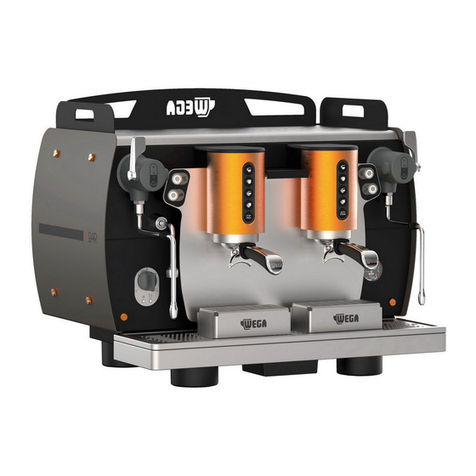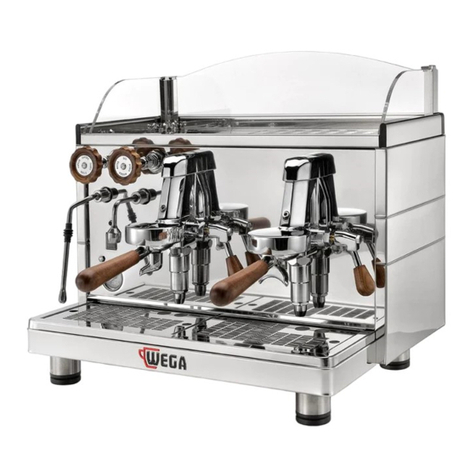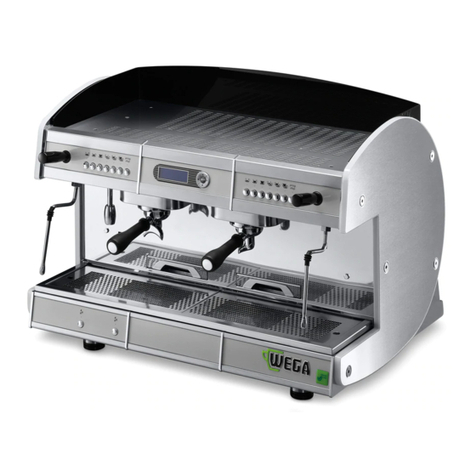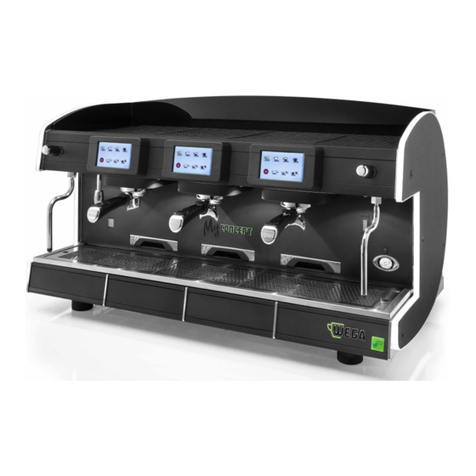
TECHNICIANS' manual6of 100
General contents
1. INTRODUCTION.................................................................... 7
1.1 Guidelines for reading the Manual....................................7
1.2 Storing the Manual...................................................................7
1.3 Method for updating the Instruction Manual..............7
1.4 Recipients......................................................................................7
1.5 Glossary and Pictograms........................................................8
1.6 Guarantee.....................................................................................9
2. MACHINE IDENTIFICATION............................................ 9
2.1 Make and model designation..............................................9
2.2 General description...................................................................9
2.3 The manufacturer’s customer service..............................9
2.4 Intended use.............................................................................10
2.5 Machine diagram...................................................................10
2.6 Front command pushbutton panels..............................12
2.7 Internal components............................................................13
2.8 Data and CE marking...........................................................14
3. TRANSPORT AND HANDLING .......................................21
3.1 Safety precautions.................................................................21
3.2 PPE features ..............................................................................21
3.3 Dimensions and weight.......................................................21
3.4 Handling the packed machine .........................................21
3.5 Unpacking the machine......................................................21
4. STORAGE.................................................................................22
4.1 Overview.....................................................................................22
4.2 Storing the machine after operation.............................22
5. INSTALLATION.....................................................................22
5.1 Safety precautions.................................................................22
5.2 PPE features ..............................................................................22
5.3 Environmental conditions...................................................22
5.4 Installation and operation spaces..................................23
5.5 Support base.............................................................................23
5.6 Drilling the support base.....................................................25
5.7 Hydraulic connection............................................................26
5.8 Gasconnection(iftted)....................................................28
6. COMMISSIONING ..............................................................32
6.1 Safety precautions.................................................................32
6.2 Preparingthelterholders.................................................32
6.3 Lighting(iftted) ...................................................................32
6.4 Cupwarmer(iftted)...........................................................32
6.5 Automatic steam wand (if applicable).........................33
6.6 Turning the machine on and off......................................33
6.7 Water renewal..........................................................................34
6.8 Dispensing coffee...................................................................35
6.9 Dispensing steam...................................................................37
6.10 Dispensing hot water ...........................................................38
6.11 Dispensing cappuccinos (optional)................................39
6.12 Cup warmer...............................................................................39
6.13 Tips for a good cup of coffee..........................................40
7. MAINTENANCE AND CLEANING.................................41
7.1 Safety precautions.................................................................41
7.2 PPE features ..............................................................................41
7.3 Maintenance ............................................................................41
7.4 Waterltermaintenance....................................................44
7.5 Water softener regeneration.............................................46
7.6 Malfunctions and solutions................................................47
7.7 Cleaning operations..............................................................50
8. SPARE PARTS .........................................................................52
9. DECOMMISSIONING ........................................................52
9.1 Short period of machine inactivity.................................52
9.2 Long period of machine inactivity..................................52
10. DISASSEMBLY.......................................................................52
11. DISPOSAL ...............................................................................52
11.1 Disposal information.............................................................52
11.2 Environmental information................................................52
12. WIRING DIAGRAMS..........................................................53
12.1 ELECTRIC MAINS connection .........................................53
12.2 MACHINE Power Supply ....................................................54
12.3 ALE - EMA version..................................................................55
12.4 Single-phase U.L. - VELA EMA version...........................56
12.5 230-400V VELA EMA version............................................57
12.6 EPU version ..............................................................................58
12.7 EVD version..............................................................................59
13. HYDRAULIC DIAGRAMS..................................................80
13.1 LEVER GROUP hydraulic diagram..................................80
13.2 EMA - EPU DISPENSING GROUP .......................................
hydraulic diagram...................................................................81
13.3 EVD - DISPLAY DISPENSING GROUP hydraulic ..........
diagram.......................................................................................82
14. CREDIT-DEBIT and DEBIT-CREDIT SYSTEMS.........83
14.1 CREDIT-DEBIT system........................................................83
14.2 DEBIT - CREDIT system with direct connection ..........
to the TILL .................................................................................87
14.3 DEBIT - CREDIT SYSTEM with connection ....................
to the INTERFACE..................................................................91
